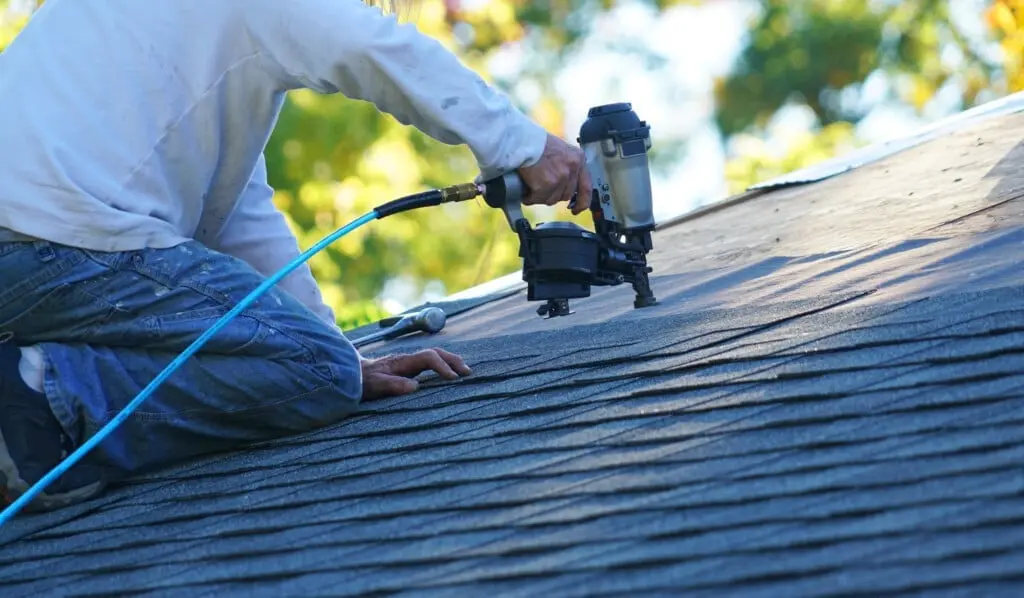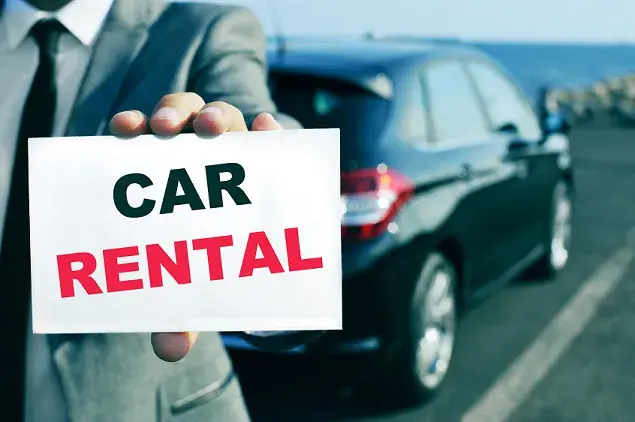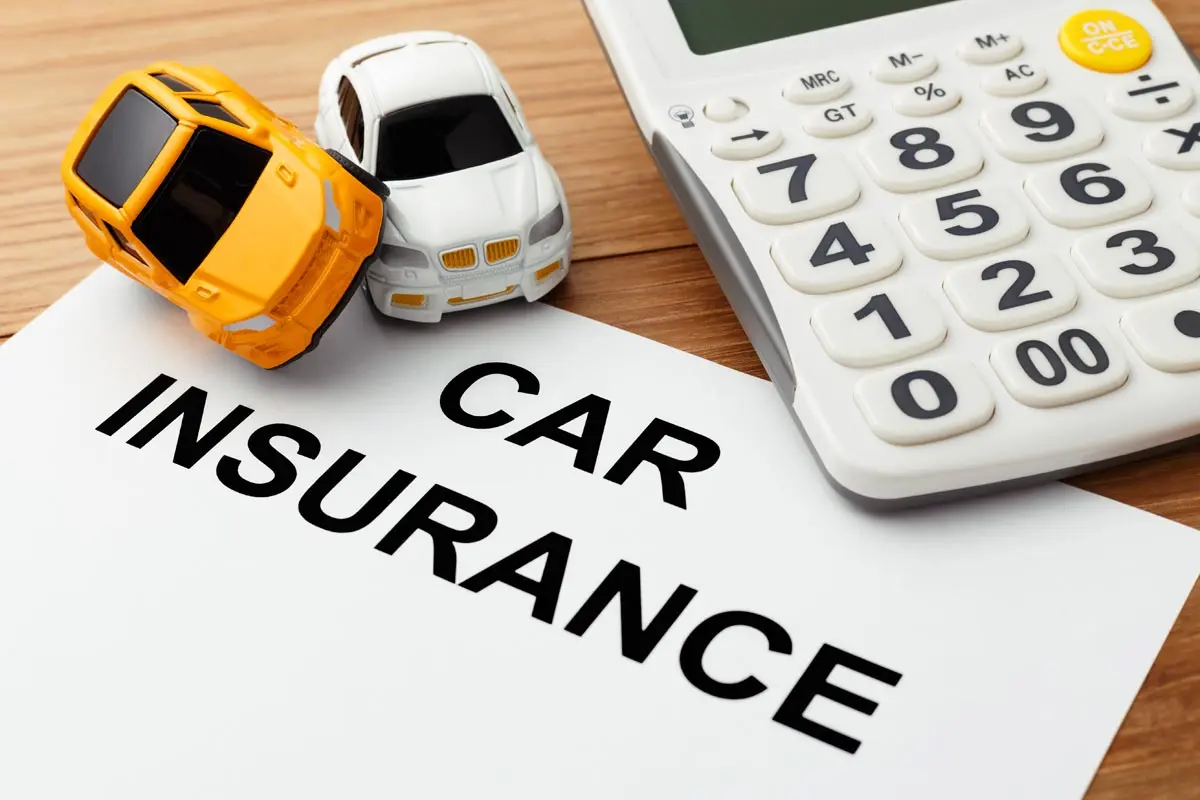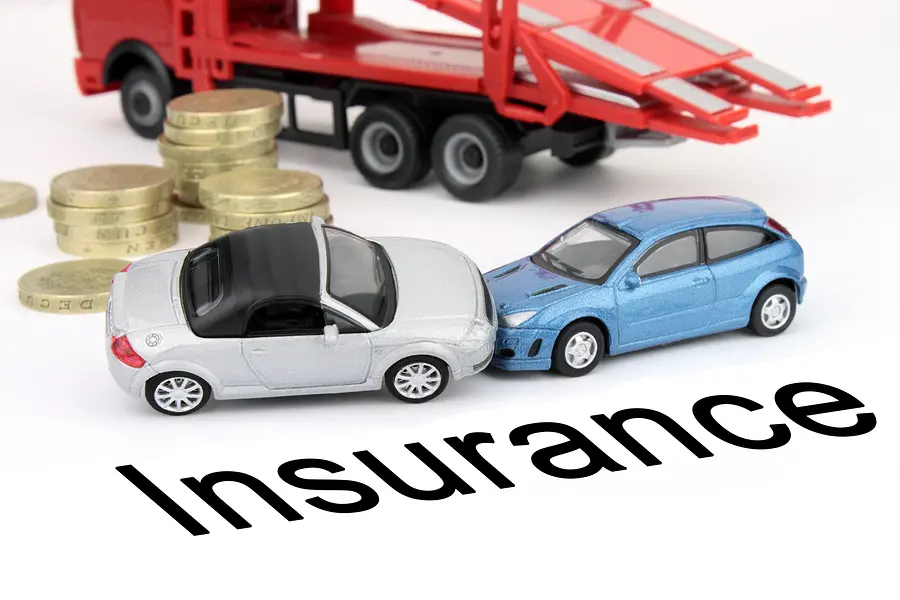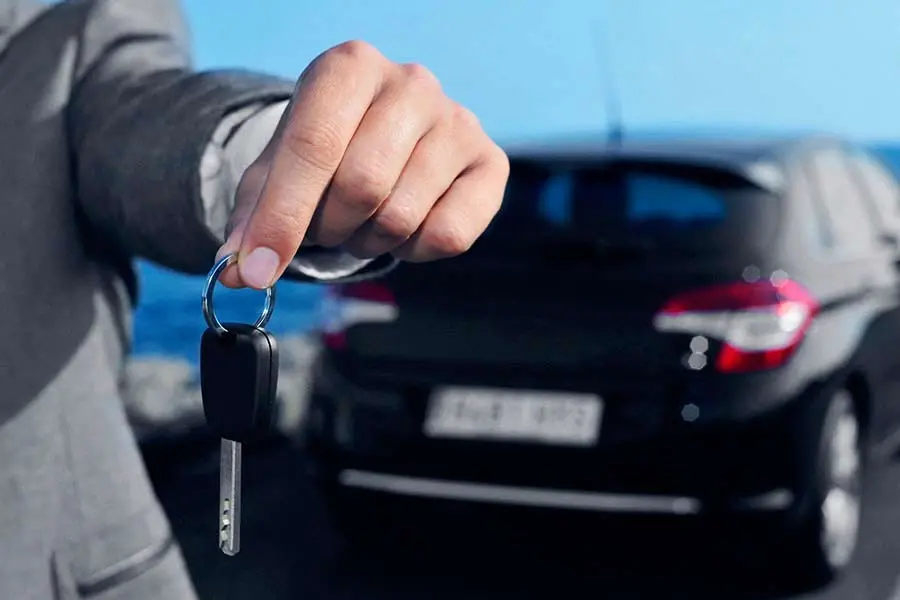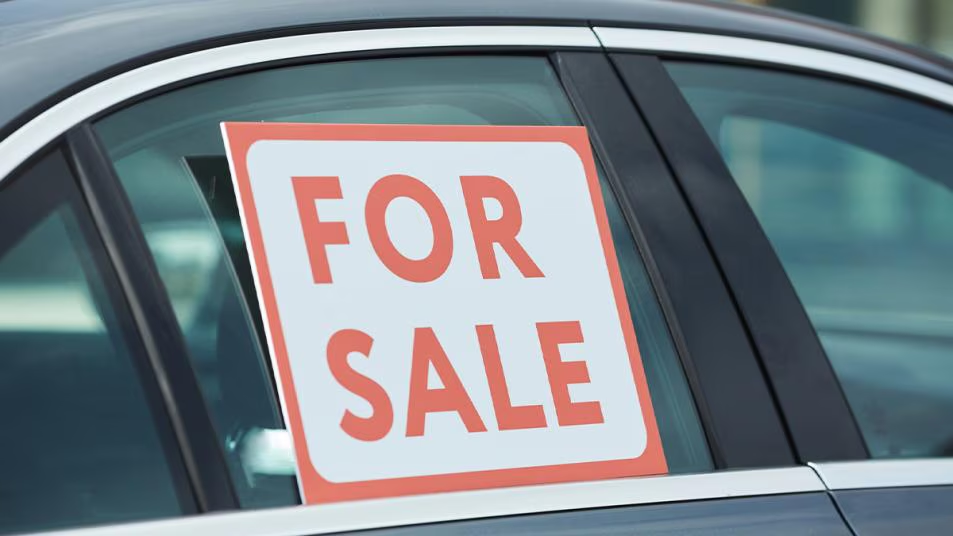
Buying a used car can be a smart and economical choice in 2025, but it requires careful research and preparation to ensure you get a reliable vehicle that meets your needs. This ultimate buyer’s guide will walk you through everything from where to look, how to inspect a car, financing options, and tips to avoid common pitfalls.
Why Buying a Reliable Used Car Matters
Purchasing a reliable used car means avoiding frequent repairs, unexpected breakdowns, and costly maintenance. Reliable cars hold their value better, provide safer driving experiences, and offer peace of mind. In 2025, with evolving vehicle technologies, it’s more important than ever to choose wisely.
Where to Find Reliable Used Cars in 2025
Dealerships vs. Private Sellers
Dealerships
- Certified Pre-Owned (CPO) programs often include warranties and inspections.
- May offer financing and trade-in options. Private Sellers
- Often cheaper but carry more risk.
- Require thorough inspection and careful vetting.
Online Marketplaces
Websites like Carvana, Autotrader, and CarGurus offer vast selections and useful filters to find reliable cars based on reviews, price, and location.
Auctions and Certified Pre-Owned Lots
CPO cars from manufacturers provide added assurance with warranties and detailed vehicle history reports.
Key Factors to Consider When Choosing a Used Car
Vehicle History
Check for:
- Accident reports
- Service and maintenance records
- Number of previous owners
- Title status (clean, salvage, rebuilt)
Mileage and Age
- Lower mileage generally means less wear.
- Consider the average miles per year (~12,000 miles).
- Balance vehicle age with technology and condition.
Reliability Ratings and Reviews
Use sources like Consumer Reports, J.D. Power, and Edmunds to check model reliability scores.
Ownership Costs
Consider fuel efficiency, insurance rates, maintenance, and repair costs.
How to Inspect a Used Car Before Buying
Exterior Inspection
Look for:
- Rust spots or paint inconsistencies
- Frame damage or misaligned panels
- Tire condition and tread wear
Interior Inspection
Check:
- Wear and tear on seats and carpets
- Functionality of electronics (windows, AC, radio)
- Signs of water damage or odors
Mechanical Inspection
Test:
- Engine noises and leaks
- Brake responsiveness and wear
- Suspension and steering feel
Professional Inspection
Consider hiring a trusted mechanic for a thorough pre-purchase inspection.
Test Driving Tips for Used Cars
- Test drive on varied roads (highway, city, bumps)
- Listen for unusual noises or vibrations
- Check acceleration and braking smoothness
- Test all controls and gauges
Financing Options for Buying a Used Car
Paying Cash vs. Financing
Cash: No interest, simpler process, potentially better deals.
Financing: Spreads payments over time, requires credit approval.
Loan Sources
- Banks and credit unions often offer competitive rates.
- Dealership financing may be convenient but pricier.
- Online lenders provide quick pre-approvals.
Getting the Best Loan Rates
- Improve credit score before applying.
- Shop around and compare offers.
- Consider loan terms and total interest paid.
Certified Pre-Owned Programs Explained
Many dealerships offer CPO cars that:
- Are inspected thoroughly.
- Come with extended warranties.
- Often include roadside assistance and service perks.
CPO vehicles provide peace of mind and reduce risk compared to regular used cars.
Negotiating the Best Price on a Used Car
Research Market Value
Use pricing guides like Kelley Blue Book or NADA to understand fair market value.
Be Prepared to Walk Away
Don’t settle for a price you’re uncomfortable with.
Use Inspection Findings
Negotiate based on any issues or needed repairs.
Consider Total Cost
Factor in taxes, registration fees, and potential repair costs.
Common Mistakes to Avoid When Buying a Used Car
- Skipping the test drive
- Not getting a vehicle history report
- Ignoring a professional inspection
- Falling for “too good to be true” deals
- Forgetting to budget for insurance and taxes
After the Purchase: What to Do Next
- Transfer title and registration promptly
- Get insurance coverage before driving
- Schedule an initial maintenance check
- Keep all purchase documents and service records
Final Thoughts: Buy Smart, Drive Happy
Buying a reliable used car in 2025 requires patience, research, and a careful approach. By knowing where to look, what to check, and how to negotiate, you can find a vehicle that fits your budget and lifestyle without the worry of unexpected problems. Use this guide as your roadmap for a confident, satisfying used car purchase.
Your next reliable car is waiting — make your move wisely!


